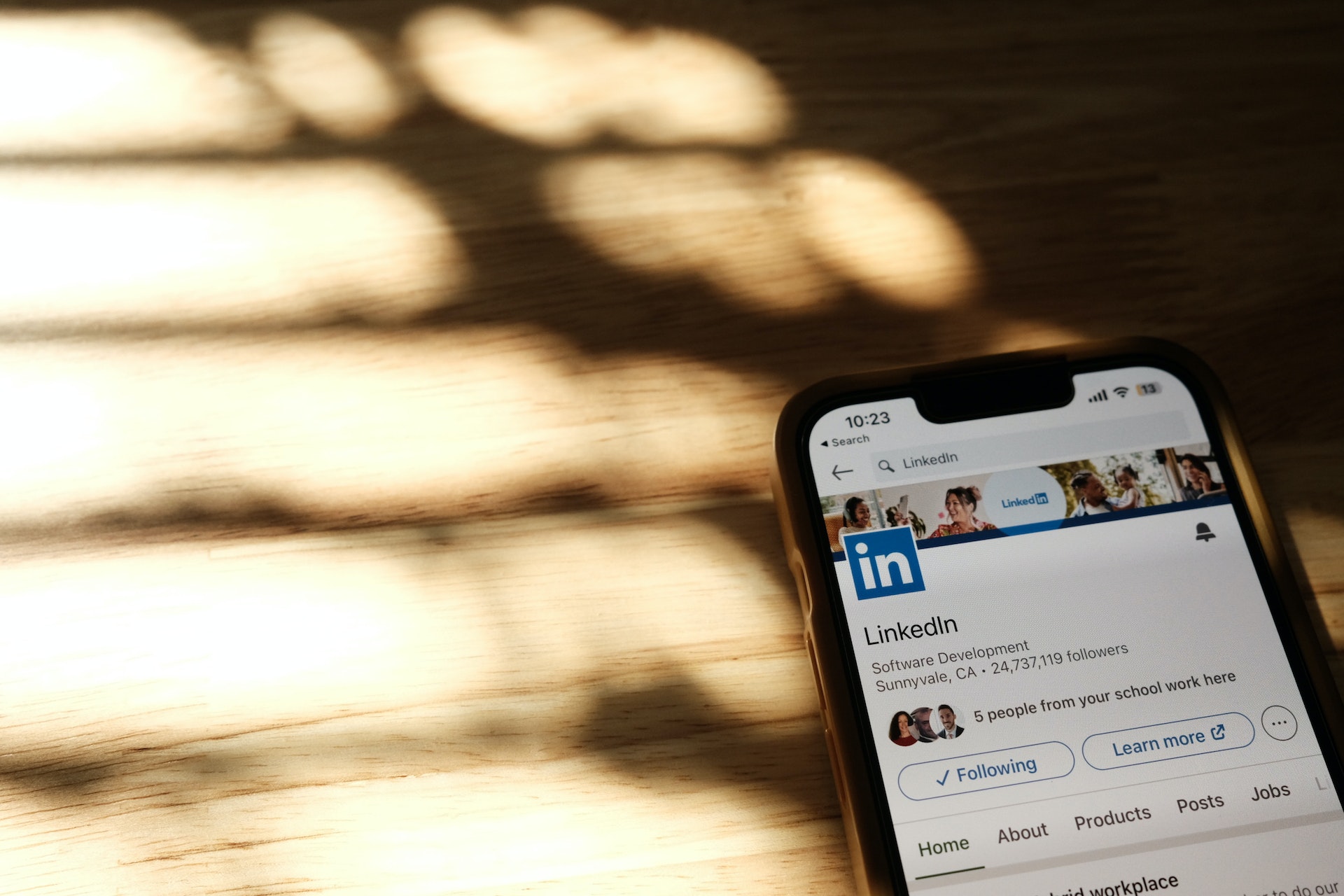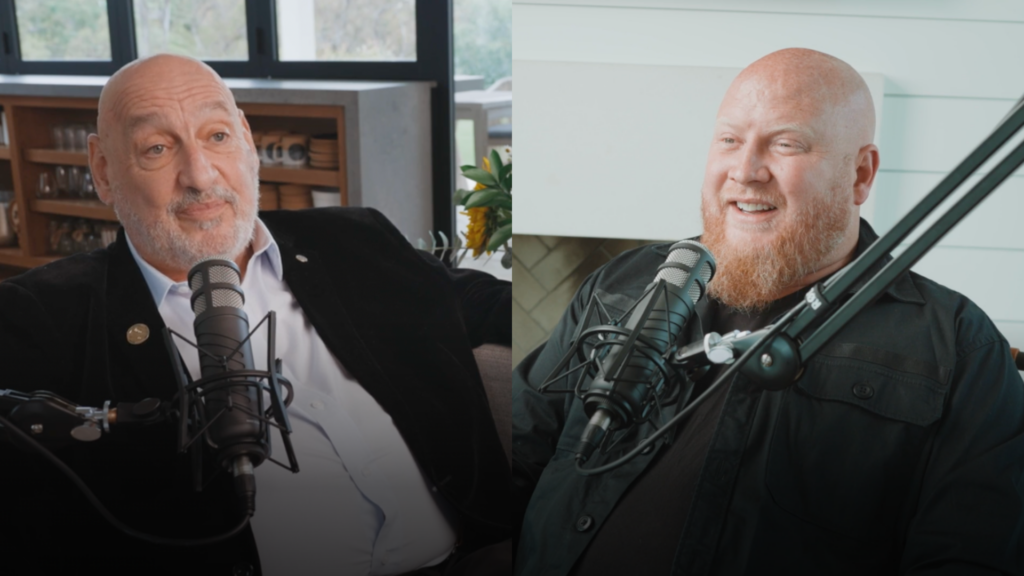LinkedIn messaging and connecting with candidates is an essential part of the hiring process.

How do companies develop successful hiring strategies that include connected messaging and what happens when things don’t go to plan? Here are some of the shocking and cringe worthy messages that we’ve seen. Talent Optimization, hiring strategy, securing top talent, connecting with candidates, meaningful messaging and establishing value are all essential components within the early stages of finding the right candidate for the right seat. How you present yourself through your messaging can be a make or break when it comes to first impressions.
If you’ve spent any time in the hiring world, strategizing and planning on how to fill that unicorn position, or find that next superstar team member that is going to walk into your company and double, triple, quadruple your profits; someone who will be solely responsible for the promotion of your entire staff and single-handed revolution of your culture, then you’ll be faced with how to reach this person. Chances are it will be through LinkedIn. The connection request and the inMail are your first steps to starting the conversation.
Typically, the messaging process is pretty linear, you send out a message via LinkedIn’s inMail service, or you click the “connect” box. Now you wait and you get no response, so you send another message. You may receive an automated response, or someone takes the time to physically reply. Here’s where it gets interesting. Every now and again you’ll receive a response that is so out of left field that you either have to save it into a special folder called “Unbelievable LinkedIn Messages” or immediately sign up for a support session with HR to talk through what you’d just seen.
Behind every inMail or connection request there is a person (well, #3 is questionable) and there is an art/science to creating a message that connects with someone. And then there’s this…
Here are our top 5 LinkedIn message replies or connection requests we’ve seen that make us question everything about life and LinkedIn. *We take no personal responsibility for what you are about to read.
- The “A simple, not interested would suffice” – I think I’ve heard from three different people – Emails, phone calls and even text messages (Huh?!). At some point I had hoped that my non-answers would be taken as an obvious response. After the text messages, I considered a restraining order. If you think this type of persistence in the face of no response will win you anything, I think you need to rethink things.
- The “No room at the Inn” – “Accept my kncok. You are so gracefully pretty I can’t believe you are so beautiful truly It will be an honor to be connect with a graceful lady like you. I really mean it. Please don’t take it in wrong sense. Let me Inn…I deserve to be inn:)”
- “The Spam, Scam or Something else” – “I’m reaching out to you for some help on a position that is currently available in your area. I am currently working on filling a position with a large local company and hope you can point me in the right direction. The right fit for this opportunity has your background and experience. Please let me know if you or you have someone in mind who might be interested, or if you can offer any advice on finding potential candidates. Thanks for your time.”
- The “more than not interested” – “Stop messaging me! Your negging isn’t gonna get you a hire here. Very unprofessional and shady.”
- The “missed the boat” – The candidate who responds to an inmail two years after the inmail was sent (it does happen). “I’d like more info about this role.” – Sure thing, well for one it’s no longer available…
Sending InMail messages that connect with a candidate is an art form and how you approach it can directly affect the success of the message, and how candidates receive and engage with it.
Firstly, if you are on LinkedIn there is an unspoken expectation that, as much as it is a business focused social media platform there is a high likelihood that you will, at some point receive a connection request or InMail from someone looking to fill a role. After all, LinkedIn does offer a Recruiter platform.
For our searches, we like to keep in mind that we are offering the candidate an opportunity and inviting them into a conversation; it’s about connection and putting the right person in the right seat.
On the flip side, we are also working on behalf of our Partners and that can mean we are reaching out to candidates multiple times (which can, on the rare occasion, lead to some quite interesting replies, see the above list). To reach candidates it can often take a couple of taps on the shoulder, especially as most of our messaging is sent to passive candidates and there can be a fine line between spam and polite pursuit. With candidates often receiving tons of messages every day, taking the time to differentiate the message by making it personal and sincere enough to connect, doing your research and giving them something to respond to (you are sharing an opportunity to explore an opportunity). If you haven’t heard anything back, then leave a reasonable amount of time for the candidate to respond before sending your next message.
The one thing all of this has in common is people. If you can see the person behind the message, that will give you a head start in developing a meaningful connection (or recognizing when you’ve received an automated message).
What has been the funniest or most provoking message you’ve received? We’d love to hear from you, and we promise our reply will be polite, professional, connected and definitely not automated.
If you’d love some insights into how to write an InMail or email that’s guaranteed to get opened, then click here.
TITUS INSIGHTS
Refreshing perspectives and practical expertise from the Titus team.
Committed To Radical Generosity
Our dedication to radical generosity keeps us focused on what matters most, and it allows us to make a trusted and lasting impact on the world around us. It’s the foundation of our culture and our partnerships.



